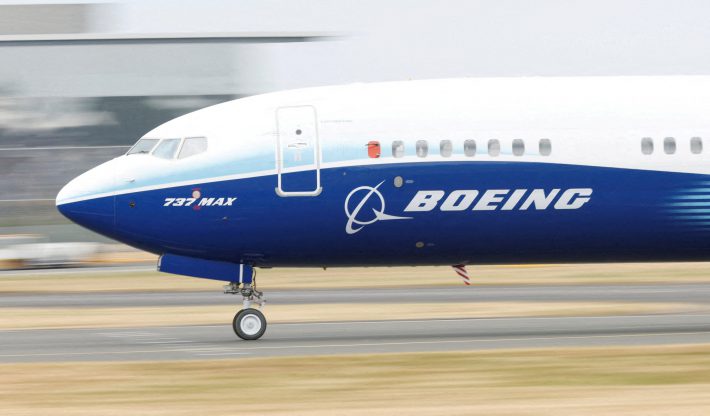The U.S. military’s secretive X-37B, built by Boeing, launched aboard a SpaceX Falcon 9 with advanced tech experiments, cementing America’s lead in reusable spaceflight.
KENNEDY SPACE CENTER, Fla. — Boeing’s X-37B Orbital Test Vehicle returned to orbit late Friday at 11:50 PM ET, hitching a ride on a SpaceX Falcon 9 rocket for its eighth mission. The reusable spaceplane, central to U.S. military and aerospace innovation, has now logged over 4,200 days in space since its first flight in 2010.
The launch comes as Boeing (NYSE: BA) continues a strong stock rally — up 26% in the past six months, according to InvestingPro — and expands its defense and space portfolio.
✨ What’s on board?
- Integrated service module: boosts payload capacity for experiments.
- Laser communications systems: testing high-speed secure data transfer.
- Quantum inertial sensor: navigation backup when GPS is unavailable.
“Our role is to make sure the spaceplane is the most reliable testbed it can be,” said Michelle Parker, VP of Boeing Space Mission Systems.
During its previous mission, the X-37B performed a historic aerobraking maneuver, proving its ability to change orbits while saving fuel — a milestone in reusable spacecraft engineering.
The program is overseen by the U.S. Space Force and the Air Force Rapid Capabilities Office, with Boeing teams in Seal Beach, California, and at Kennedy Space Center managing operations.
🚀 Boeing’s Broader Momentum
- Delivered 48 aircraft in July, its best July since 2017.
- Won a $79.7M Pentagon contract for E-4B aircraft maintenance.
- Cleared by the UK CMA to proceed with its Spirit AeroSystems acquisition.
- Praised by Ryanair’s CEO for ahead-of-schedule deliveries.
- Reports suggest potential mega-orders from China, though not yet confirmed.
With its cutting-edge spaceplane flying again and commercial deliveries picking up, Boeing is positioning itself as a dual-force in both defense and civilian aviation markets — while the X-37B keeps rewriting the playbook on reusable spaceflight.





